 |
 |
 |
| |
Impact of Hepatitis C Virus treatment on endothelial function in HIV co-infected persons - Endothelial Function Worsens With DAA Therapy in HIV Patients
|
| |
| |
Hepatitis C Virus Infection is Associated With Increased Cardiovascular Mortality: A Meta-analysis of Observational Studies - (09/22/15)
New Study - SVR Reduces Liver Mortality & Morbidity by 75% and CVD Hospitaliztion by 30%......http://www.natap.org/2015/HCV/090415_05.htm....patients with SVR exhibited >75% reduced risk of liver mortality and SLM (severe liver morbidity), relative to patients without SVR......We report an association between SVR and a 32% risk reduction in non liver mortality.......A second result to emphasize is the association between SVR and a 30% reduction in the risk of hospitalization for CVD, this finding provides further evidence that HCV infection is a risk factor for cardiovascular impairment
Heart Disease in HCV+......http://www.natap.org/2014/HCV/060314_02.htm......HCV+ normotensive patients, in comparison with healthy normotensive subjects, have a significant increase in echocardiographic cardiac mass, totally similar to that observed in hypertensive patients.......IR/hyperinsulinemia HCV-related, by affecting cardiac remodeling, suggests considering chronic HCV infection as a possible new factor in the global cardiovascular risk burden
----------------------
18th International Workshop on Comorbidities and Adverse Drug Reactions in HIV, September 12-13, 2016, New York
Mark Mascolini
Endothelial function and cholesterol values worsened in a small 1-year study of HIV-positive people taking direct-acting antivirals (DAAs) for HCV infection, but immune activation markers improved [1]. Researchers from the University of California, Los Angeles (UCLA) and other centers speculated that rising low-density lipoprotein (LDL) cholesterol after treatment--not a direct DAA effect--may account for the worsening endothelial function.
The UCLA team noted that cohort studies suggest higher cardiovascular disease (CVD) risk in HIV patients coinfected with HCV. Hepatic steatosis, insulin resistance, diabetes, or chronic immune activation and inflammation may explain these findings. Because total cholesterol, LDL cholesterol, and high-sensitivity C-reactive protein (hsCRP) are decreased in HCV infection, the researchers observed, they may not reliably predict CVD. Instead, they proposed, measures of endothelial function and systemic inflammation may prove better CVD predictors in people with HIV and HCV.
The UCLA investigators conducted this study to assess the impact of modern HCV therapy on endothelial function, insulin resistance, and soluble markers of immune activation and inflammation in HIV/HCV-coinfected people with an undetectable HIV load on antiretroviral therapy. The primary outcome was change in reactive hyperemia index (RHI) by peripheral arterial tonometry, with endothelial dysfunction defined as RHI at or below 1.67 and optimal function as RHI above 2 [2].
The analysis included adults on a stable antiretroviral regimen with a CD4 count at or above 200 and an HIV load below 50 copies at screening or below 200 copies for 12 weeks. No one already had CVD, diabetes requiring insulin, or HbA1c above 8%. No one was had decompensated liver disease or non-HCV liver disease, and no one received immune-based therapies or systemic corticosteroids.
Twenty study participants had baseline and posttreatment RHI measured, and 16 people had paired samples for biomarker analysis. Median age stood at 52 years, 16 participants were men, 2 women, and 2 transgender women. Half of participants were Hispanic, 20% black, 20% white, and 10% Asian. Median body mass index measured 27 kg/m2. No one had diabetes, 4 had hypertension, and 4 had cirrhosis. Seven people were current smokers, 8 former smokers, 8 current alcohol users, 9 former alcohol users, 2 current cocaine or amphetamine users, and 10 former users.
All participants took sofosbuvir-based regimens and all had undetectable HCV RNA after treatment. A median of 7 weeks (interquartile range 5 to 9.4) passed between the end of therapy and study assessments, and about 1 year elapsed between baseline and posttreatment measures. Only 1 person with HIV had detectable HIV RNA after HCV therapy (95,391 copies). No CVD events occurred, and no one had a new diagnosis of hypertension of diabetes.
Half of study participants had suboptimal endothelial function (RHI below 2) at the baseline measure, and most had insulin resistance (HOMA-IR above 2.5). Median RHI fell significantly from baseline to the post-DAA measurement (1.99 to 1.82, P = 0.01). Findings were similar when the researchers excluded the one person with a high posttreatment HIV load. Median percent change in RHI measured -10.7. HOMA-IR-measured insulin resistance did not change significantly (4.35 to 3.71, P = 0.67).
From the baseline measure to posttreatment, total cholesterol jumped significantly (median +0.8 mg/dL, P =0.04), as did LDL cholesterol (median +15 mg/dL, P < 0.01), and D-dimer, a clot formation marker (median +61, P < 0.01). hsCRP rose nonsignificantly. Four endothelial or immune activation markers decreased significantly (improved) over time, sICAM-1 (P < 0.01), sCD163 (P < 0.01), sE-selectin (P < 0.01), and sTWEAK (P = 0.03). Levels of IL-6, LpPLA2, and sCD14 fell nonsignificantly.
The researchers concluded that 7 weeks after DAA therapy in this HCV/HIV population, endothelial function, cholesterol, and D-dimer worsened, yet four markers of immune activation improved. They suggested that LDL changes may be driving the drop in endothelial function, rather than direct DAA toxicity. The UCLA team plans to pursue this analysis in a larger cohort with longer follow-up.
References
1. Chew KW, Daar ES, Lake JE, et al. Impact of hepatitis C virus treatment on endothelial function in HIV co-infected persons. 18th International Workshop on Comorbidities and Adverse Drug Reactions in HIV, September 12-13, 2016, New York. Abstract O21.
2. Bonetti PO, Lerman LO, Lerman A. Endothelial dysfunction: a marker of atherosclerotic risk. Arterioscler Thromb Vasc Biol. 2003;23:168-175.


The device consists of plethysmographically-based probes to assess digital volume changes accompanying pulse waves.17,46 A blood pressure cuff will be placed on one upper arm (study arm), while the other arm will serve as a control (control arm). Peripheral arterial tonometry probes will be placed on one finger of each hand for continuous recording of the PAT signal (baseline arterial pulse wave amplitude, PWA). After a 5-minute equilibration period, the blood pressure cuff will be inflated to suprasystolic pressures for 5 minutes (the ischemic stimulus). The cuff will then be deflated while PAT recording is continued for 5 minutes (Figure 1). Reactive hyperemia index (RHI) is the primary measure of endothelial function. The RHI is automatically derived using Endo PAT version 3.0.4 software, as the ratio of the average PWA over a 1 minute interval starting 1 minute following cuff release to the pre-occlusion PWA (average amplitude over 3.5 minutes before cuff inflation), normalized to the control arm.
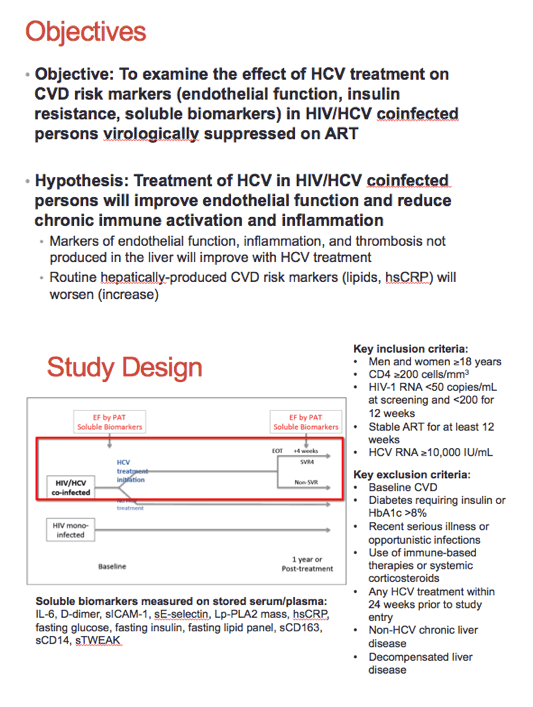
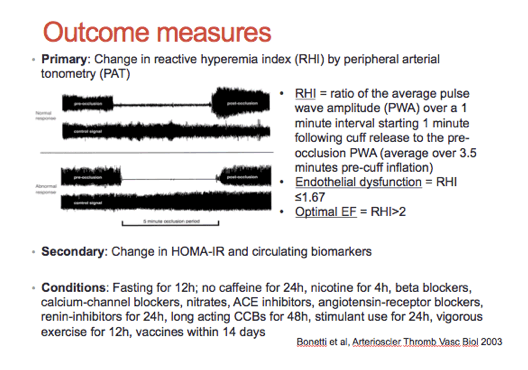
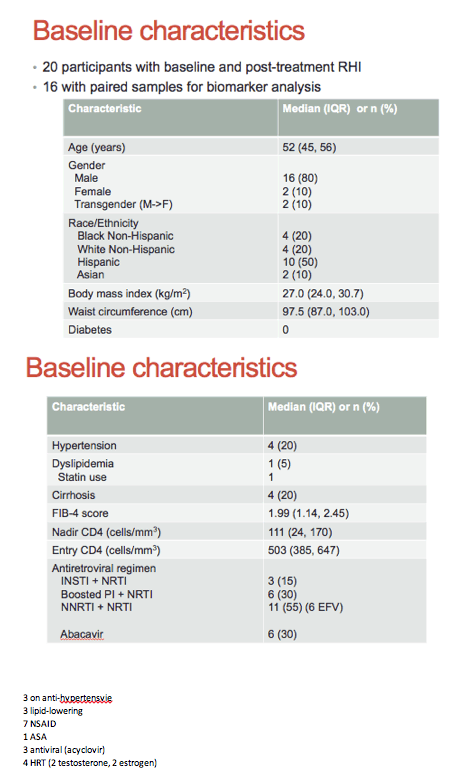
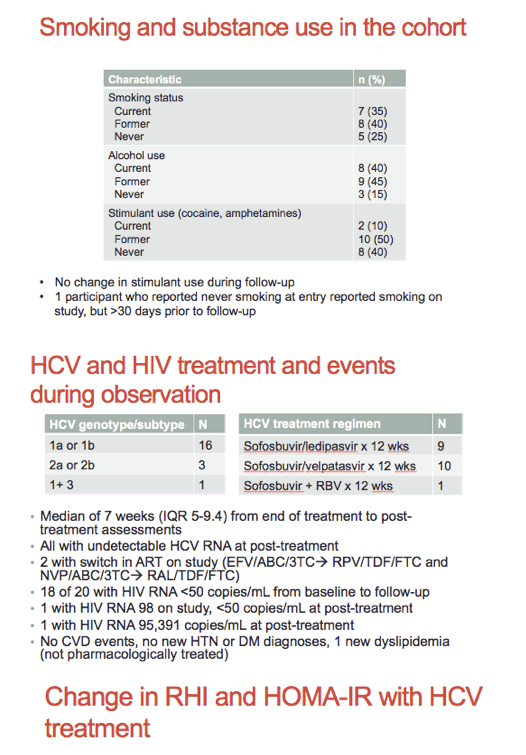
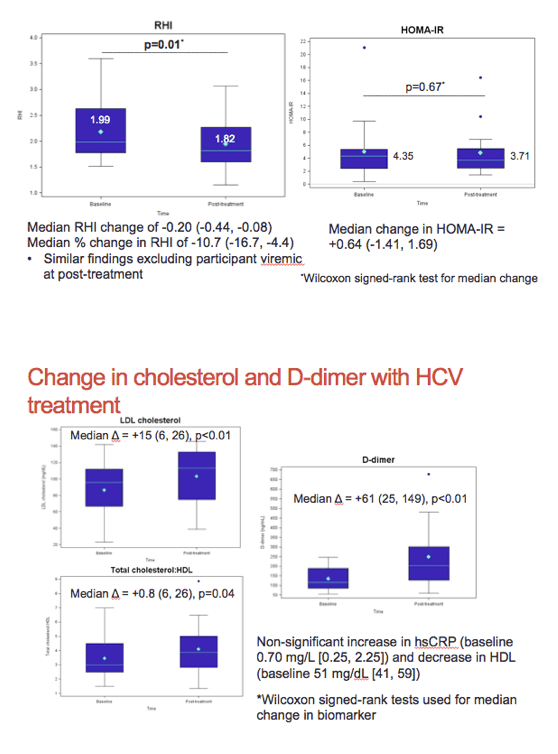
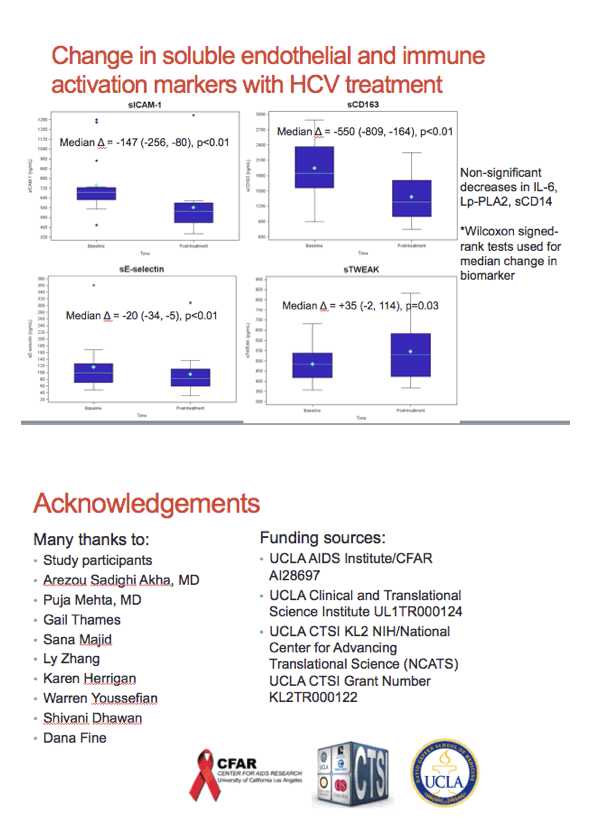
|
| |
|
 |
 |
|
|